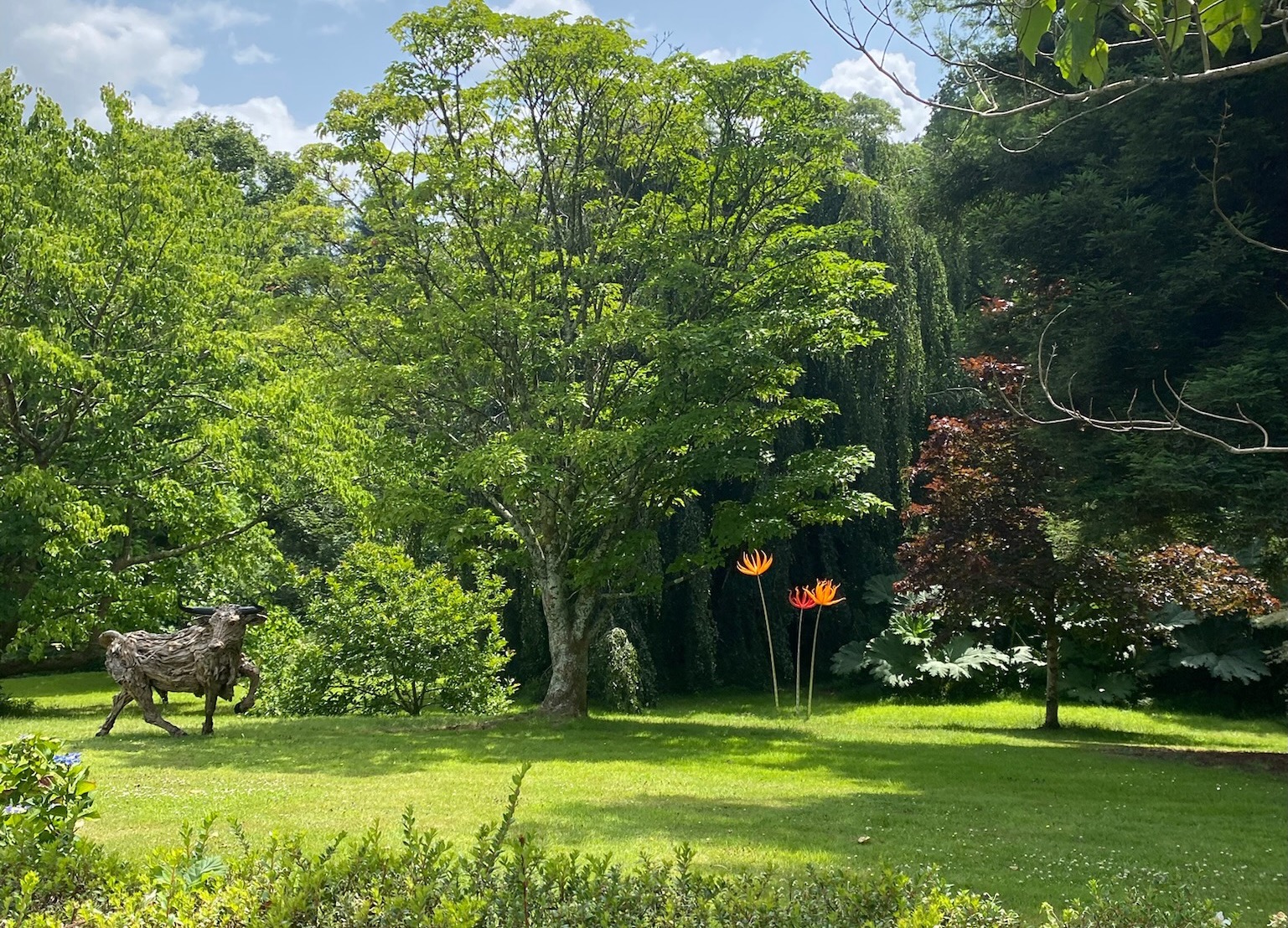
Our 2024 summer exhibition will run from 30th June- 14th September.
An all new, selling exhibition of contemporary sculpture and paintings by British artists will take place in the summer of 2024. This exhibiton seeks to explore the relationship between trees, forests and their role in human lives and imaginations past and present.
Entries now being considered and to enquire about displaying please email our curator: imogen@uptoncastle.com
Upton Castle Gardens was delighted to host their inaugural Summer Exhibition, celebrating exquisite craftmanship and artistry and featuring work by four of Britain’s leading contemporary Sculptors- James Doran Webb, Ivan Black, Gideon Peterson and Neil Wilkin, as well as paintings by Casper Beck.
James Doran-Webb is the well-travelled son of the owner of Upton Castle. He currently lives and works in Cebu in the Philippines where his lifelong obsession for working with wood and a fascination with the animal form led to the creation of his driftwood sculptures, transforming long dead wood, gathered from the rivers and shoreline, into works with movement and vitality. Animating the inanimate, a concept at the heart of his work.
The process of creating his sculptures starts with an in-depth study of both the animal’s movement patterns and anatomy before he moves on to creating the armature of recycled stainless steel and finally finding the perfect pieces of reclaimed drift wood that bring the pieces to life, a process that requires attention to detail and many hours of dedication. He often chooses subjects that reflect the preoccupations of his childhood using thoroughbred horses, puffins and owls as his inspiration.
A regular exhibitor at RHS Chelsea flower show his installations garner as much attention as the surrounding show gardens. James’ work can be found in private collections across the globe and in some of the world’s best known Botanical Gardens. His largest installation to date is a family of giraffes’ on the roof of the Botanic garden at Beijing Expo 2019. The Gardens in the Bay, Singapore have amassed a collection of over 48 pieces of his work.
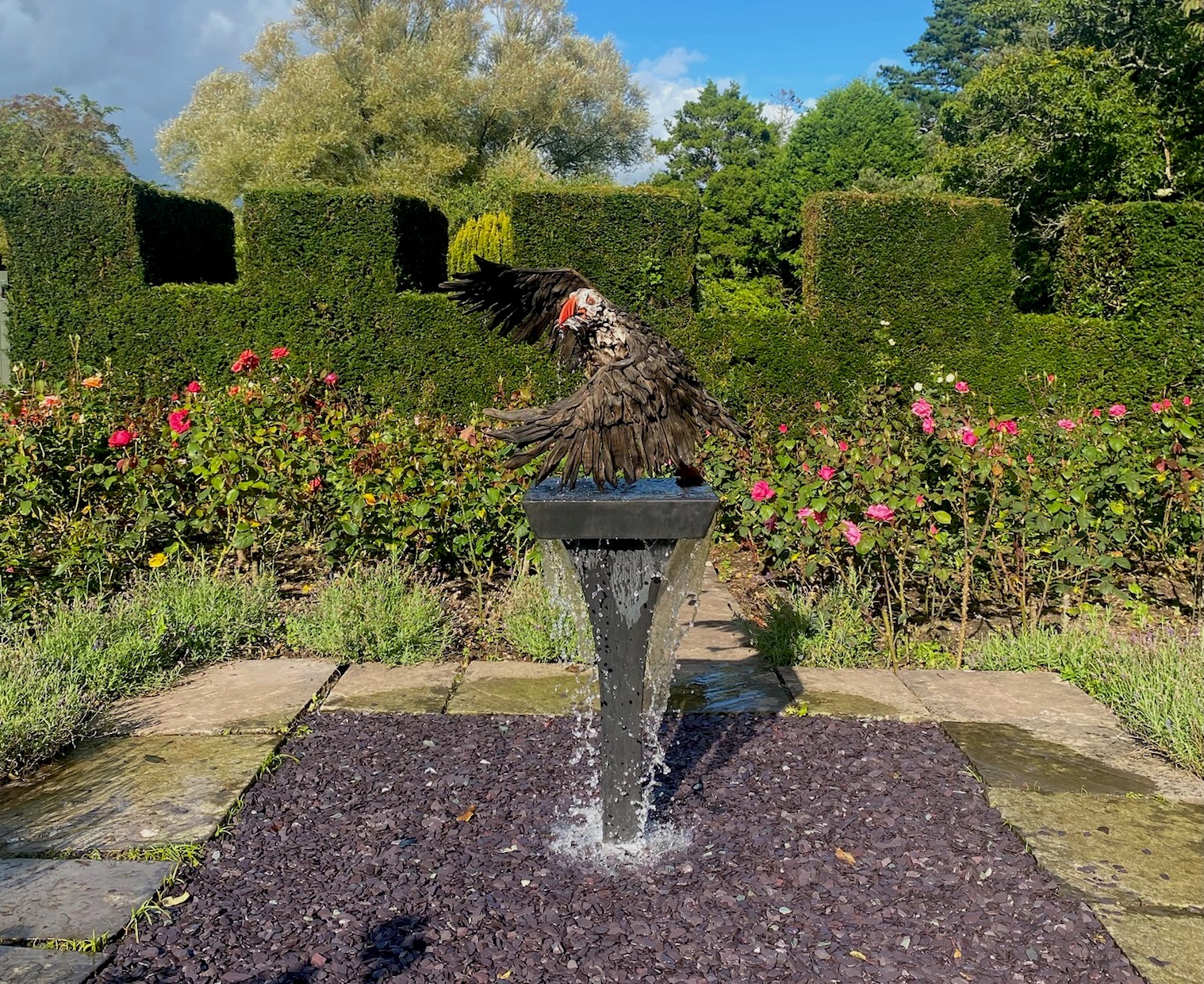
Ivan Black is an award winning British sculptor, born in London in 1972 and has lived and worked in Pembrokeshire for many years. He began making sculptures at an early age, motion quickly becoming central to his work, adding another dimension of complexity and interest to his experiments. He spent his early working life acquiring multi disciplinary skills in the pursuit of the means to realise his ideas.
Ivan Black's sculptures use his own unique methodology to create forms that mutate upon the introduction of energy. The repetition of identical elements is a recurrent theme in his work, by this means he builds complex fluid structures. Each piece is a section of a potentially continuous sequence, generated by the application of systematic rules to his geometry. Ivan takes inspiration for his designs from iconic natural geometry, combining mathematical concepts and the pioneering spirit of British engineering to create a synergy between Science, Art and Technology. His meticulously engineered and seamlessly integrated mechanisms are central to the behaviour and appeal of his work. Tending towards the minimalist in design, the movement is allowed to take centre stage.
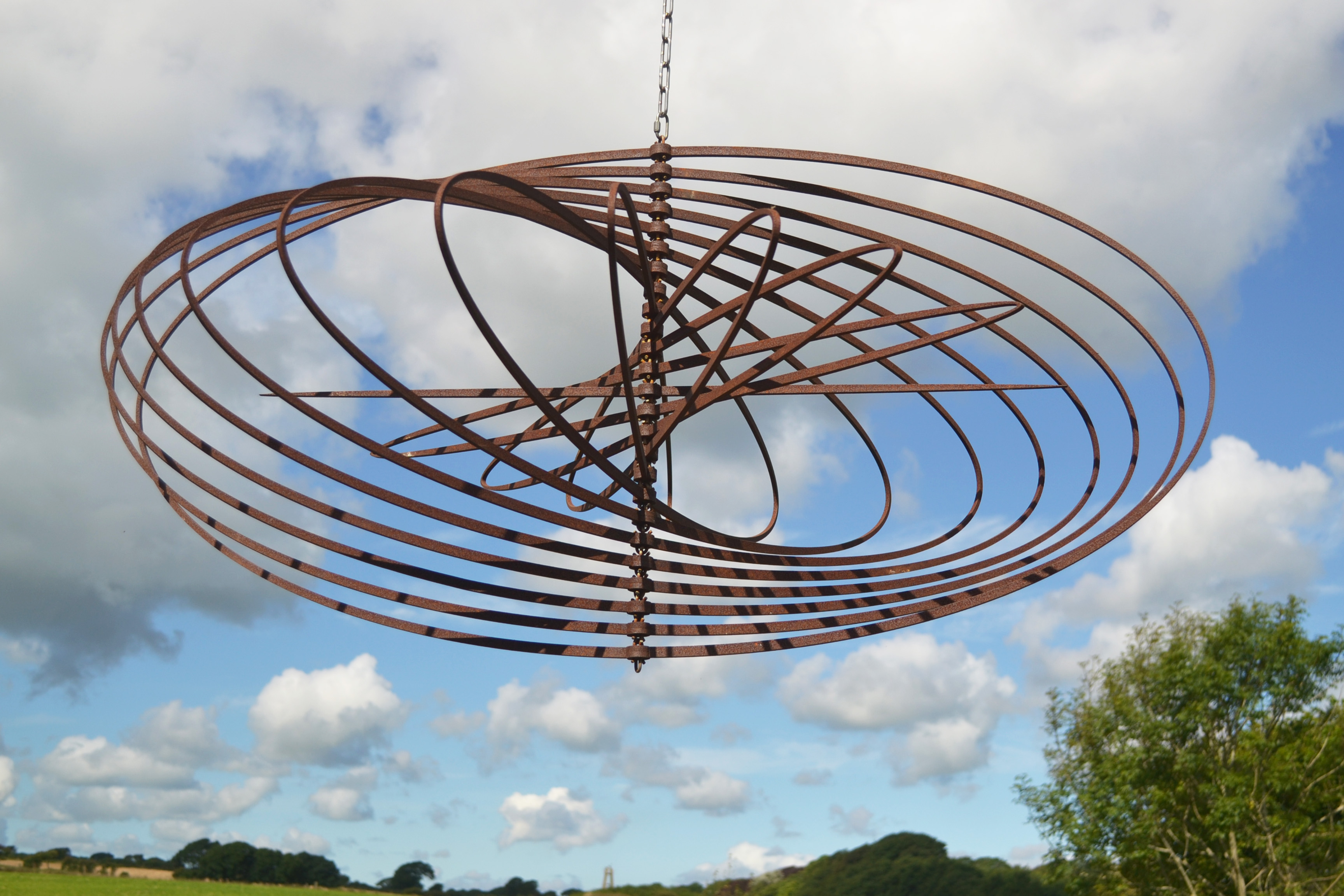
Neil Wilkin’s passion for glassblowing and an enduring love of landscape and what forms it, have been the driving forces behind a lifetime of making. This deep connection to the natural world is central to his work.
He uses glass and the processes that form it to explore, celebrate and reflect the richness and extraordinary diversity around him. The colours he uses, hard and soft, absorbing and transmitting light, inform his work both physically and aesthetically. In recent years Neil has harnessed the optical qualities of solid glass in combination with the fluid richness of hot glass to explore new perspectives. He fabricates stainless steel to create larger, site specific installations, both indoor and outdoor.
Neil’s work is found in public and private collections around the world, including the Victoria and Albert Museum, Hepworth Wakefield and Crafts Council Collection in the UK
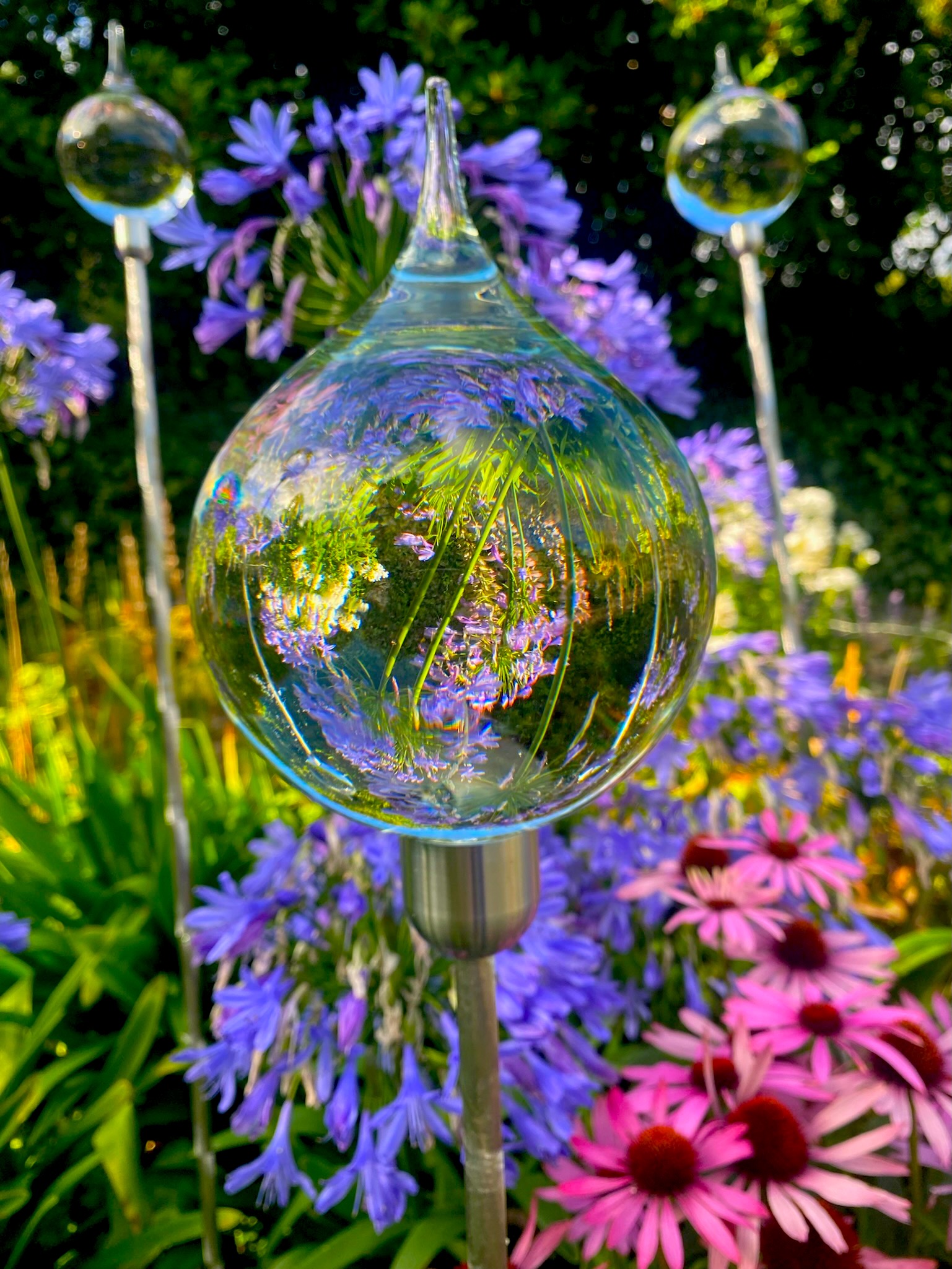
A graduate of History of Art and Architecture at Manchester University, Caspar has 30 years of professional experience in the design, architecture and photography sector in Manchester, London and Sydney. Previously he has exhibited and sold at the Royal Academy in London as well as galleries in Philadelphia and Perth, Australia. He returned to Pembrokeshire in 2012 where he paints in his studio at home.
His style of painting is influenced by the cubism, constructivism and futurism movements of the early 20th century, often with the subject tantalisingly in reach of the viewer although often his abstractions fully depart from any realism at all. The influence of design and architecture reinforces the compostion of his paintings where colours are drawn from a coastal environment both at home and abroad.
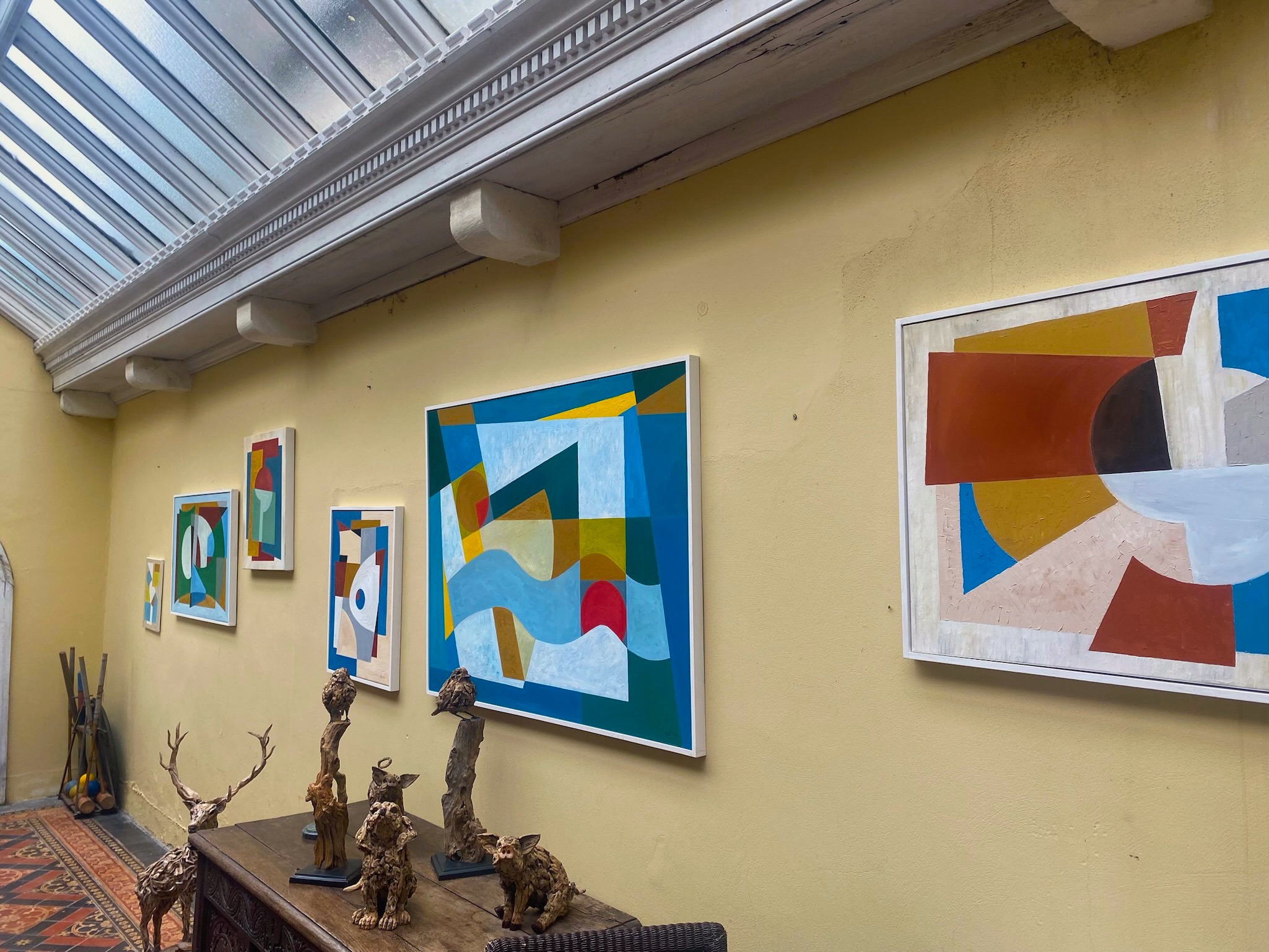
Gideon Peterson studied sculpture at Wimbledon School of Art, where he honed his skills in various materials and techniques. Following graduation, he embarked on a career working alongside renowned artists such as Sir Anthony Caro, crafting sculptures for galleries, scenic art companies, and various multimedia projects including film, television, and theatre productions.
In 1997, Gideon returned to Wales, redirecting his focus to sculpture, particularly public art commissions, which have become his primary artistic endeavors. In addition to sculptures, he also designs and creates furniture and craft pieces, approaching each project with a sculptural perspective. His work often involves the use of different metals, and he frequently incorporates elements such as glass, stone, and wood into his creations.
Gideon draws much of his inspiration from the natural environment and landscapes surrounding his home, with his Celtic heritage exerting a significant influence on both his creative process and the materials he employs in his artwork.